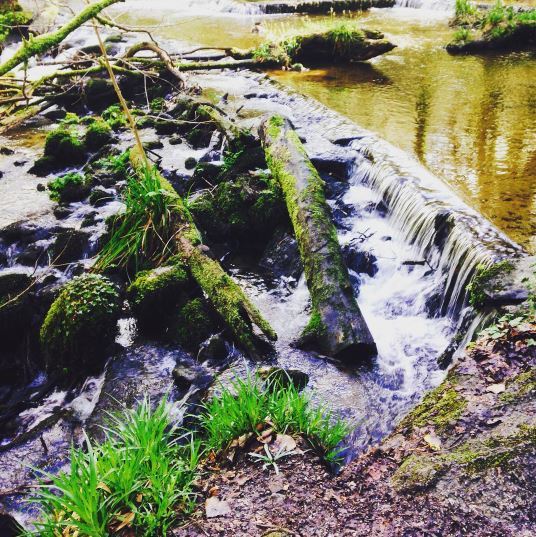What is Mindfulness?
Mindfulness. We all know what it feels like to have a mind full of whirling thoughts right? But how would it feel to have a mind full of oneness? A oneness completely and utterly devoted to the present moment. There are many different forms of meditation practices out there, but in reality our life is one big practice of meditation. We can choose to be, to notice, to enjoy each and every tiny moment. Or we can choose to rush and miss it all.
We can incorporate mindfulness into our everyday lives simply by taking notice of what is going on around us. When you wake-up in the morning, do you hop out of bed, yank on some clothes and immediately check your phone to find a million more notifications? Or do you rise slowly, noticing the warmth of the fluffy carpet on your bare soles, gently drawing the curtains to reveal a beautiful, soft sunrise and appreciating what surprises nature may have sprung over night? Perhaps a new flower bud has blossomed, or Mother Nature has delicately dropped tiny dew drops on each and every blade of bright, green grass.

We were blessed with five beautiful senses from birth, and as toddlers we knew how to have fun with these. Remember mashing your food up between your hands, feeling the gooeyness and delight of it all? Remember how you could watch the same old video tape over and over, each time noticing a new shape, colour, object? As children we did not feel the need to create ‘special moments.’ We realised that every moment was special, simply because we were alive and in it.
So how can we start feeling aware and alive again? A good place to start is with the breath. Try this short exercise before you hop out of bed in the morning to bring your mind into the present, and enjoy your day!
1. Lying down on your back, simply notice your breath. See if you can feel where the breath moves in and out of the body…
2. Notice the sensations of the breath. Is it warm, cool, light, heavy, deep, shallow? See if you can surf this flow of movement through the body, from the nostrils, right down into the depths of your belly.
3. Stay with this flow and relax into it, even if it is only for a few minutes.
4. Start your day with a smile.
So, can mindfulness only be cultivated with the breath?
No, mindfulness can be practiced during any activity. For instance, when washing the dishes, a task no one really enjoys right? However, next time you take a stand at the sink, instead of wishing the task and time away, try embracing every part of it! Noticing how comforting the warmth of the water is on your hands, savour the smell of your favourite washing up liquid, enjoy the calming sound of running water, and notice how suddenly you start having fun! You could also try this when brushing your teeth, cooking, taking a shower, eating, the list is endless!
But what about all those niggling, negative thoughts?
Believe it or not, negative thoughts are also part of mindfulness practice. We can come to realise that we are not our negative thoughts; we are simply the observer of these thoughts. When we learn to take a step back and simply accept and acknowledge these thoughts we can begin to see them for what they truly are; a cloud passing by, which behind lays a blue sky. Instead of getting caught up in worries about the past or future, we can simply notice the thought, accept it and let it pass through in its own time, then return back to the oneness of this present moment.
In essence, mindfulness is learning to switch ourselves from ‘doing’ mode to ‘being’ mode. A study in America looked at the ‘Model of Mindfulness at Work,’ exploring how professionals experienced mindfulness during work hours. The study suggests that ‘automatic and persistent thinking, focus on past and future, self-centred and judgemental evaluation’ were a result of working in ‘doing mode.’ Can you recognise any of these within your own self at work? However, the study found that when working in ‘being’ mode employees experienced ‘mental quietness, a focus on the present and feeling non self-centred and accepting.’ Working in ‘doing’ mode led employees to feel and function poorly. However, working in ‘being’ mode the employees felt and functioned well.
So, next time you think ‘where has the day gone?!’ Stop and think. Can you remember the special moments, or did you miss them all…Practise makes perfect, and luckily we have every single moment to start afresh.
Link to research: CLICK HERE
By Jadine Hocking for ‘GoMeditate.’
If you would like to come and practise ‘being’ in the moment, why not come along to Falmouth TM Meditation group? You can contact Kellie Gilmour at falmouthTMmeditation@live.com or visit:
Facebook: Falmouth TM & Meditation Group